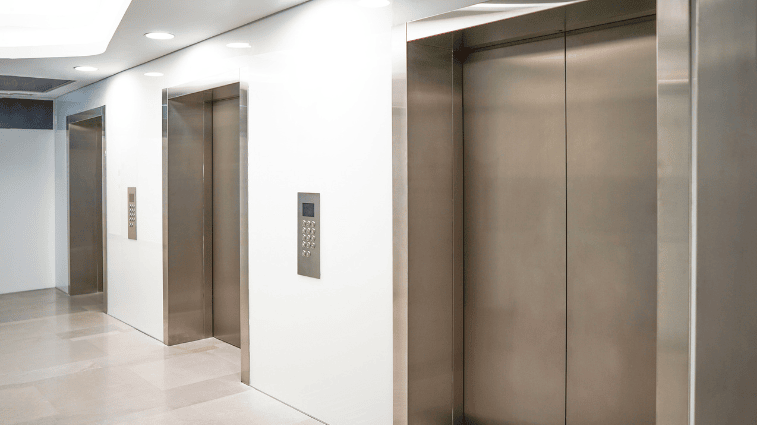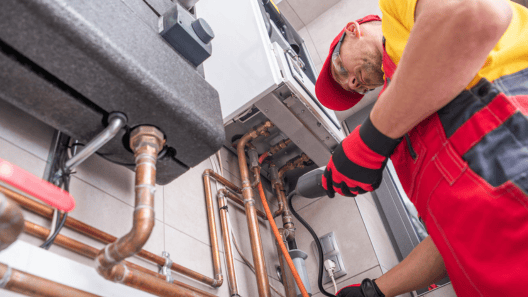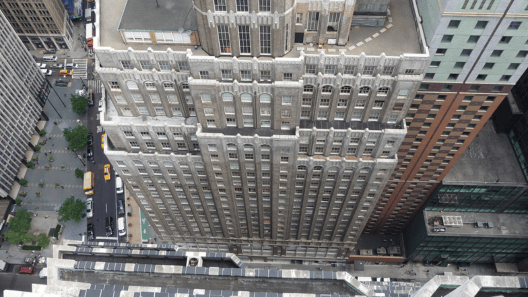
Elevate Your Elevators: How to Keep Your Elevator Inspections Up-To-Date
If you received an elevator inspection violation from the Department of Buildings (DOB) this October, it could be because you forgot to report a corrected defect in the past 5 years of inspections.
In October 2023, the DOB issued violations for building owners who failed to file “an affirmation of correction of defects reported on the Category 1 elevator test report” from the years 2018-2023. While this may sound like a complex issue, it’s actually quite simple. To understand the violation better, we must first understand the test cycle for elevator inspections.
- Category 1: The simplest of all elevator inspections, Category 1 is required every year and conducted at any time from January 1st to December 31st.
- Category 3: This inspection applies to water hydraulic elevators, and is usually scheduled every 3 years, beginning when a new elevator receives its final certificate. It must also be scheduled within 3 years of the last Category 3 inspection.
- Category 5: The most thorough inspection, and the most likely to reveal defects, but also the least frequent. Similar to the Category 3 inspection, this type is scheduled about every 5 years, or within 5 years of the last Category 5 inspection. The first Category 5 inspection must be scheduled from the month of issuance of a final certificate to a new elevator.
If any safety concerns are discovered during these inspections, building owners must correct the issue within 120 days. However, even if the issue is corrected, the DOB will not recognize the resolution of the problem until all files are submitted.
Files, Files, and More Files
Inspections keep this city’s elevators safe and functional, so it’s important to remain vigilant about filing them and correcting any defects.
All inspections and affirmations of corrections must be filed within 60 days of the inspection date or correction due date, and failure to do so will result in violations such as those issued in October 2023. Late filings will still be accepted, but the civil penalties are best avoided — especially for building owners with more than two residential units, for whom all fees are steeper.
An owner who fails to file the affirmation of correction within 12 months of the due date will be liable for:
- $1000/elevator if their building contains 1-2 residential units
- $3000/elevator if their building contains greater than 2 residential units
An owner who submits the affirmation of correction late will be liable for:
- $150/month, per elevator (not exceeding $1800/elevator) if their building contains 1-2 residential units
- $50/month, per elevator (not exceeding $600/elevator) if their building contains greater than 2 residential units
According to a 2017 report published by the DOB, NYC is home to more than 84,000 elevators and elevator devices. While accidents are rare, they are easily avoidable as long as building owners keep their inspections up to date.
The Next Steps
Under certain circumstances, you may qualify for a waiver. A waiver request can be submitted on the DOB NOW: Safety portal for a fee of $35.
Otherwise, you can make a payment for your late/missing files on the DOB NOW: Safety portal, under Violations, +Violations Payments, and then +Elevators.
It can be easy to lose track of inspections and submitted files. However, the experts at . believe that safety should always be a priority, and are happy to help you comply with the DOB’s standards.
For more information on the recent elevator inspection violations, or about the elevator inspection cycle, see the resources below.
Resources
- Violations for 2018-2022 Failure to File Affirmation of Correction for Category 1 Elevator Test Report
- 1 RCNY §103-02








